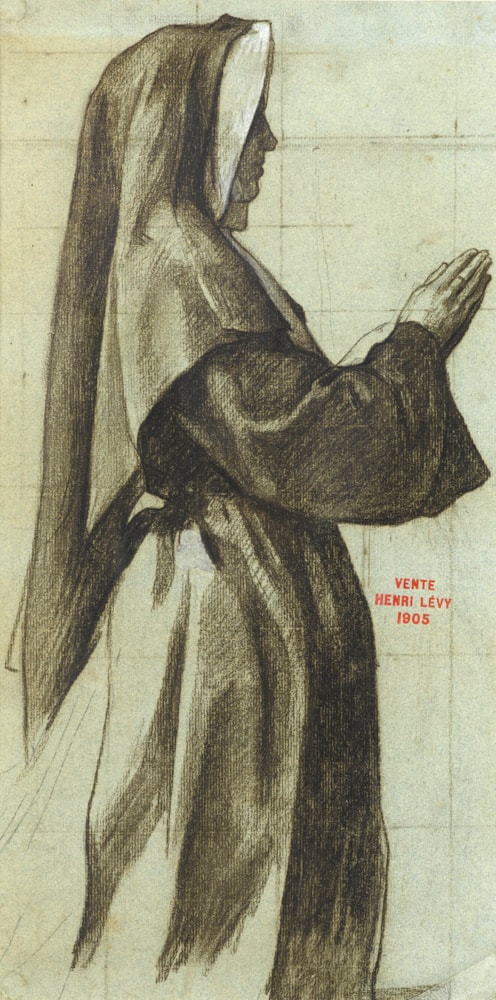
Henri-Léopold LÉVY
Nancy 1840 - Paris 1904
Biography
Born in Nancy, Henri Lévy enrolled in 1856 at the École des Beaux-Arts in Paris, where he was a student of François-Edouard Picot and Alexandre Cabanel. Following three unsuccessful attempts at the Prix de Rome, he entered the studio of Eugène Fromentin and made his Salon debut in 1865 with a painting of Hecuba Finding the Body of Polydorus by the Sea, for which he won a medal. He continued to exhibit regularly, showing history subjects, allegories and portraits, and won prizes at the Salons of 1867 and 1869. Of a painting exhibited in 1867, the critic Paul Mantz noted of the artist that ‘He possesses a true feeling for colour...M. Lévy truly appears to love his craft; for him, painting is a joy.’ At the Salon of 1872 Lévy achieved considerable critical success with his painting of Herodias, and again the following year with a painting of Christ in the Tomb.
Lévy had a particular talent for large-scale decoration, and between 1874 and 1876 painted fifteen panels of mythological and allegorical subjects for the ceiling of the galerie des tableaux of the Bon Marché department store; the room was demolished in 1920 and the paintings are now lost. At the Exposition Universelle of 1878 he won a first class medal for four large scenes from the life of Saint Denis, painted for the church of Saint-Merri in Paris. Other decorative commissions in Paris included a series of large murals of scenes from the life of Charlemagne for the Panthéon, three oval ceiling paintings for the salle des fêtes of the town hall of the 6th arrondissement in Paris, completed in 1887, and paintings for the Hôtel de Ville, the Hôtel Adrien Chevallier and elsewhere, while outside of Paris he decorated the Salle des Etats of the Hôtel de Ville in Dijon.
Although he was awarded the légion d’honneur in 1872, Lévy experienced considerable hardship in the latter stages of his career, as a result of the wave of anti-Semitism aroused in France by the Dreyfus affair in 1895. His adamant refusal to use a pseudonym to sign his pictures went against the demands of his dealers, and he lost an important outlet for his works, although he continued to receive commissions for decorative mural schemes. He also continued to exhibit at the Salons until the year before his death. Lévy remains relatively little known and studied today, although a small exhibition of his work was held at the Musée des Beaux-Arts in Nancy in 1996.
Paintings by Henri Lévy are today in the collections of the Musée d’Orsay in Paris and the Musée des Beaux-Arts in Nancy, as well as the museums of Arras, Brest, Cannes, Dijon, Douai, Mulhouse, Reims, Rennes and Rouen.



